Insulation Tips
Installing a 75mm Insulation Batt in a 70mm Cavity
Many customers ask this question…
Pricewise Insulation is Australia’s best known online retailer of insulation batts. One of the questions our staff are often posed with is as follows:
My house is framed with 70mm studs, leaving a 70mm gap for insulation. Can I still install a 75mm insulation batt, such as a high density Earthwool R2.0? Or will I risk damaging the plasterboard?
Before we answer that question, let’s take a look at the two most common options available to the home owner who wants an R2.0 insulation in their wall cavity.
Standard R2.0 Wall Batts
A typical R2.0 wall insulation batt is 90mm thick. These thermal wall batts are most commonly installed in the exterior wall cavities, providing an effective thermal barrier around the home. A standard R2.0 insulation batt has no particular acoustic (sound deadening) benefits, though the mere presence of glasswool or other bulk insulation in a wall cavity will always to some extent reduce the amount of noise which finds its way through the wall.
Hi Density Acoustic Wall Batts (R2.0)
From a thermal perspective, these perform identically to the standard R2.0 batts; after all, the “R-value” is the standard way to measure the insulating materials “resistance” to heat transfer. The difference lies in the density of the material, and the corresponding increase in acoustic or sound blocking benefits.
Being only 75mm thick, the R2.0 acoustic wall batt is an excellent option for home owners who want to address both the thermal and acoustic issues, i.e. they want to protect their home from both excessive temperatures and also from the transmission of unwanted sound. As such, acoustic wall batts are commonly installed in the interior walls of the home, between bedrooms, bathrooms, laundries and of course TV rooms and music studios.
… back to the 70mm Cavity Issue
So you’ve decided you want R2.0 acoustic in the interior walls, and a quick check with the measuring tape confirms what you already suspected – the gap is 70mm, while the insulation you plan to install is 75mm…
While in the bag, insulation batts are typically compressed – either slightly or greatly – to a thickness which is below their officially stated out-of-the-bag thickness. Insulation brands such as Knauf Earthwool have developed ‘compression packaging’ which allows a significant number of insulation batts to be squashed into a single bag, reducing storage and transport costs, and of course reducing the number of bags that insulation installers need to lug around the building site. Now the theory is that insulation batts, whatever their squashed dimensions, will expand out of the bag to their full, recommended thickness. But the reality may be somewhat different. In fact, it would be fair to a assume that a significant percentage of R2.0 acoustic batts will never expand beyond 70mm thick, making them perfectly safe to install in a wall cavity the same size. And even if they did expand to the full size – it’s hard to imagine the extra 5mm causing sufficient pressure within the wall cavity to have any impact on the plasterboard or other wall lining.
While the official advice will always be ‘never install bulk insulation which is thicker than the wall cavity’ it’s safe to assume that the likelihood of any issues occurring from installing a 75mm insulation batt inside a 70mm cavity is very low.



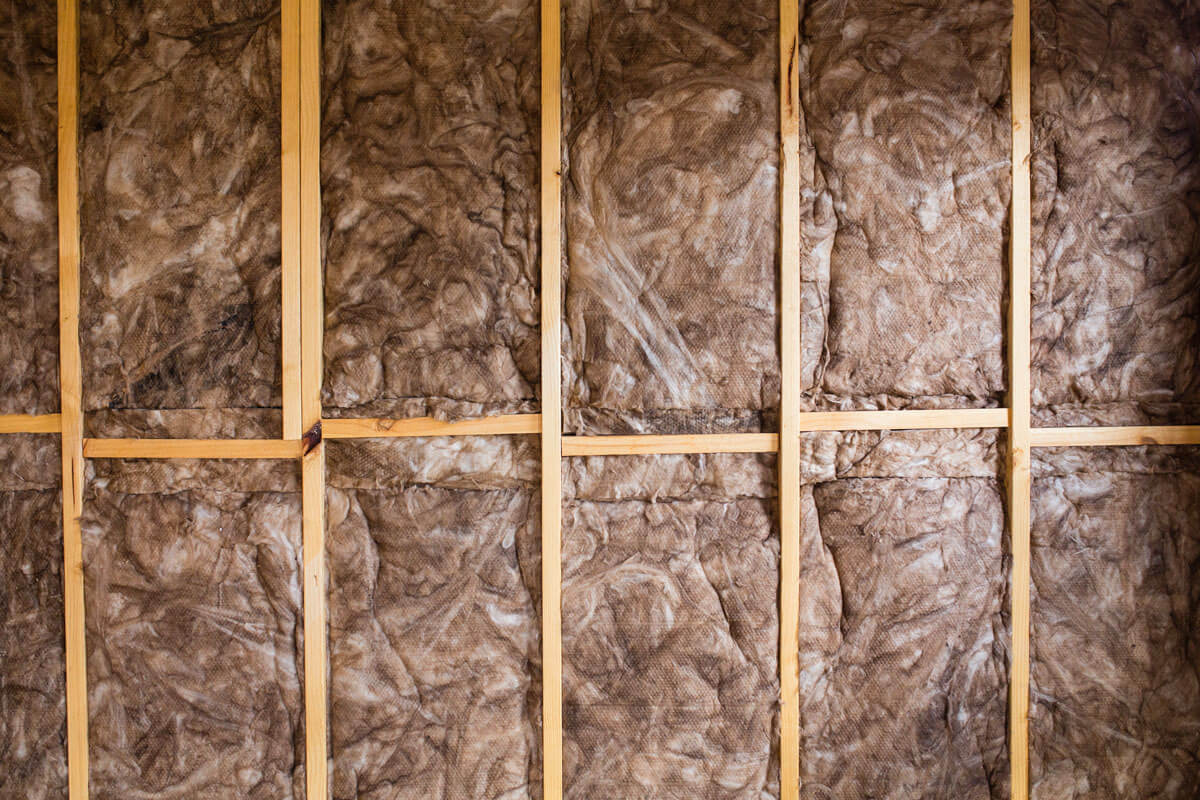
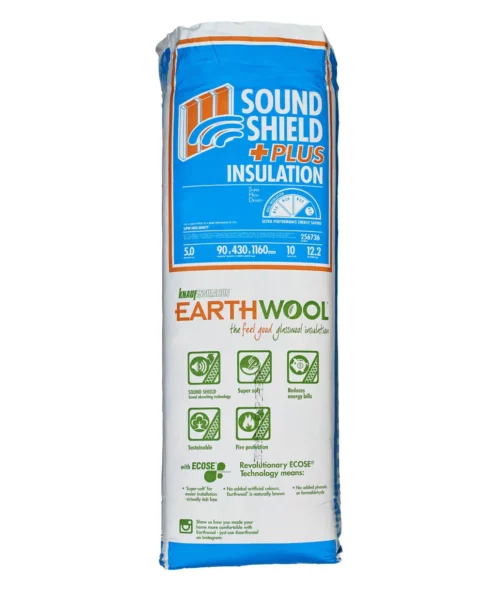
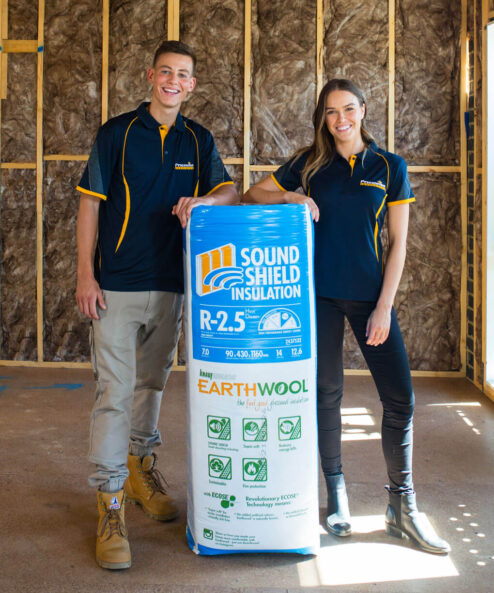
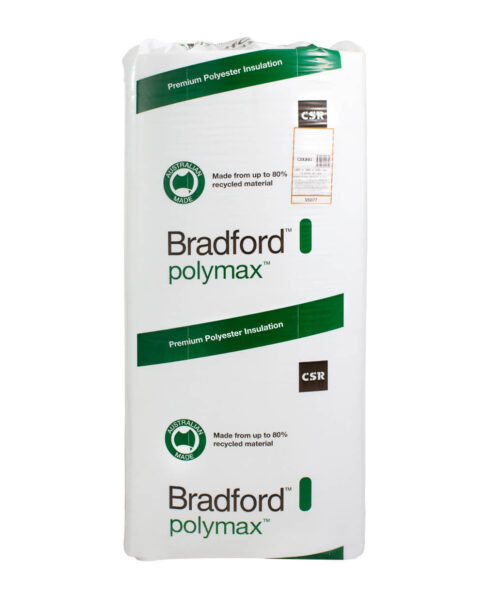
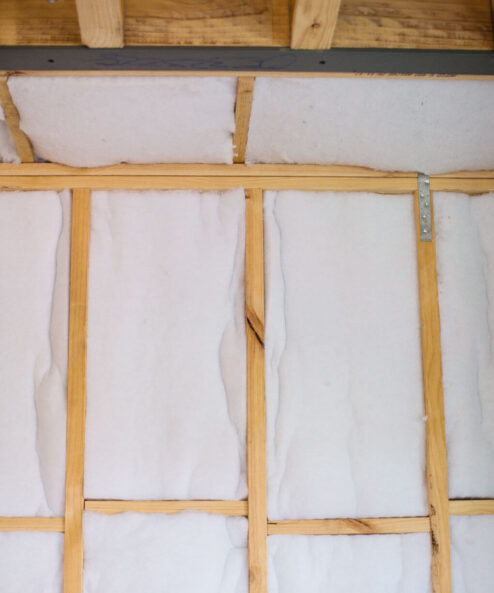
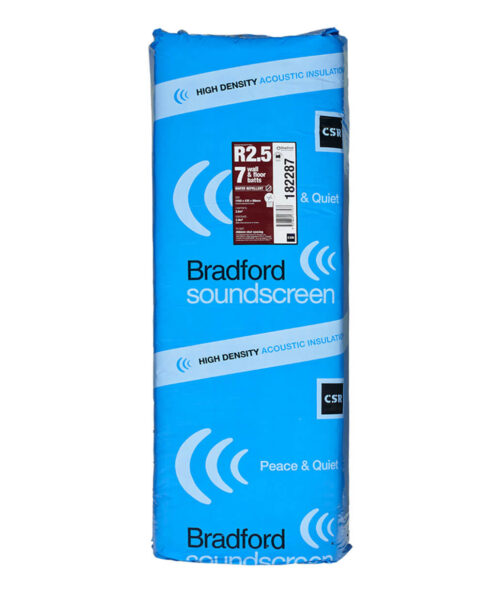
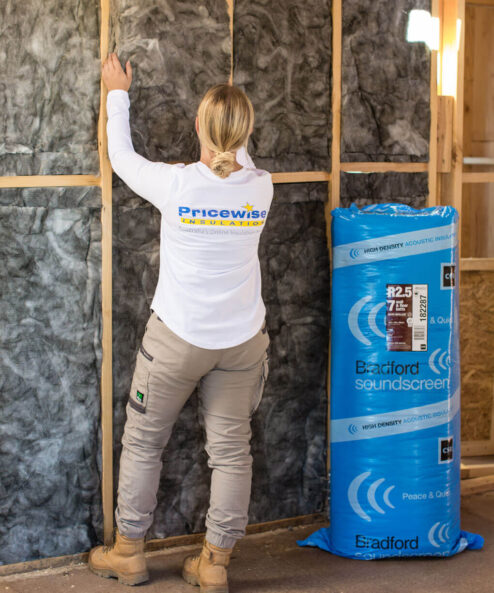
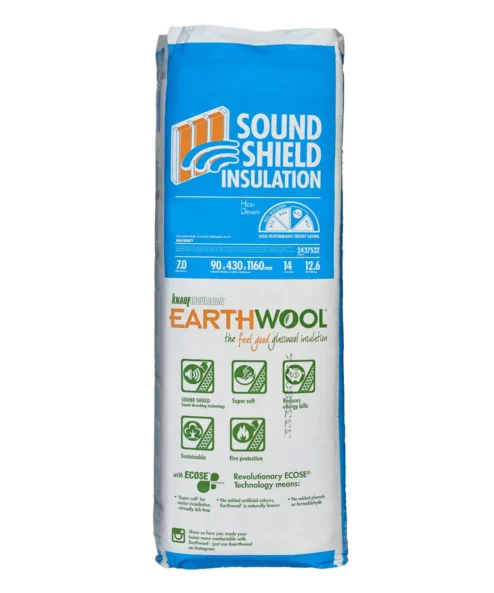
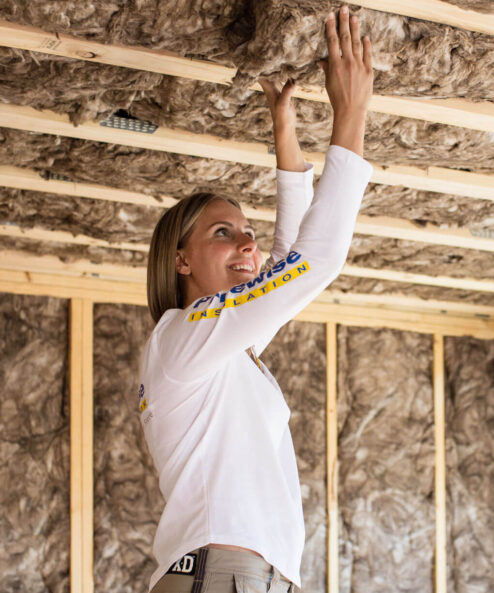
Hi Pricewise team,
Thank you for a great little piece of advice which is concise and answers the question.
Its worth adding that there is information ‘out there’ describing how reducing the thickness of a batt can decrease the R value – and hence there needs to be further research done if you are “required” to achieve a “minimum rating” (e.g. for Energy Efficiency Report compliance)
Thanks for the advice in this article.
Clinton Pollheim
We cut the batts a little wider than the space, to snug them in and hold them in place. So having 5mm extra thickness will help in the same manner.
Thank you… I am looking to install some R4 140mm wall/sound insulation in a ceiling with 120mm timber height, to go along with 140mm under 140mm joists. The difference is about double per unit thickness, so it should be right I think.
Reason for installing the stuff in the roof is that if I want to put a floor over it (e.g. for an extension), I can squash it the 20mm and have it do no harm (probably ~R3.5), while I get the full benefit when it is expanded.
Hi DIY guy,
Thanks for your comment. This sounds like an application where compressing the insulation slightly may not be a problem.
Just make sure that it doesn’t cause the plaster of the below ceiling to warp.
Kind regards,
Christa